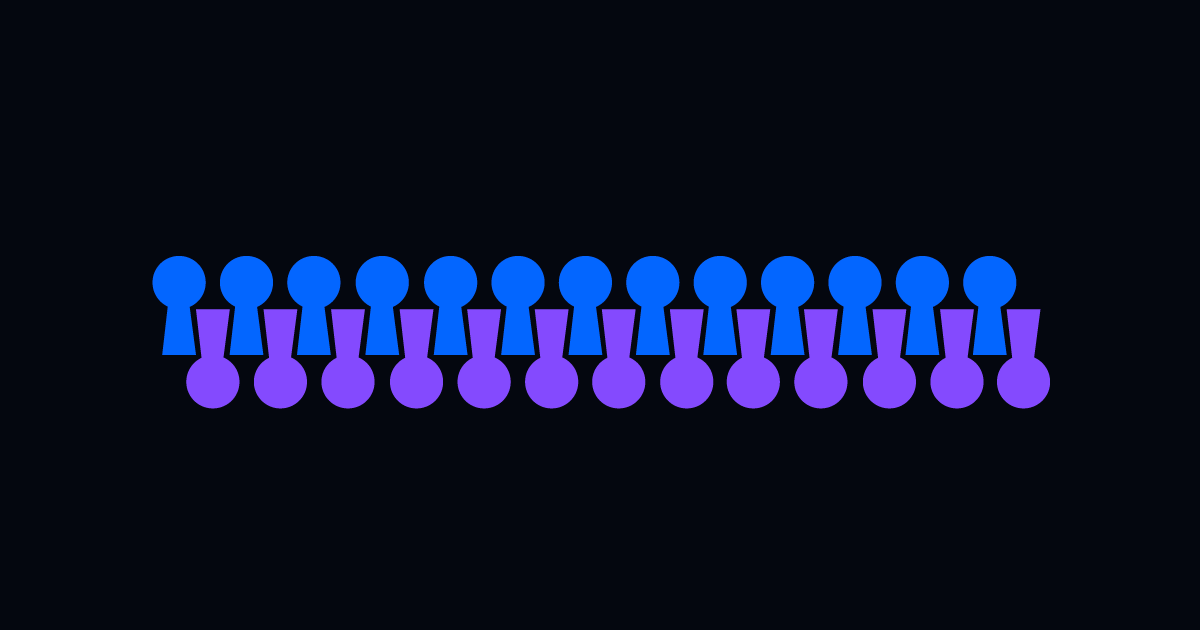
The Process Automation Dream Team of RPA and ITPA
Subscribe to receive the latest content and invites to your inbox.
Robotic Process Automation (RPA) and IT Process Automation (ITPA) are today's big drivers of revolutionizing the way businesses operate—and they're nowhere near finished.
While RPA and ITPA have their significant differences, they share just enough similarities to have successfully helped organizations in multiple industries automate processes, reduce costs, improve accuracy, and deliver better customer experiences.
Leading organizations that know the advantages of RPA and ITPA, and how the two technologies work together, will be the ones to benefit most—in today's operations world and beyond.
A Foundation for Understanding the Difference Between RPA and ITPA
Robotic Process Automation utilizes a technology that's made to perform tasks in ways that match that of humans. These frequently occurring tasks are typically repetitive, rule-based, and have defined inputs and outputs. Some examples of RPA technology include data entry, account opening, employee onboarding, data processing, and data mapping.
IT Process Automation takes RPA up a notch by building on basic capabilities and leveraging advanced technologies like artificial intelligence (AI) and machine learning (ML). ITPA does more than replicate human work—it actually learns from and improves that work over time. ITPA doesn't face the same restrictions as RPA, so it can perform more complex tasks, workflows, and business processes.
RELATED WEBINAR: Can RPA and ITPA Be Friends?
The Advantages of RPA
Traditionally speaking, it's the tedious, repetitive tasks that RPA will complete in place of a human, allowing IT professionals to focus on the most important parts of their jobs. RPA offers plenty of advantages—one of the most important being how easy RPA is to use. RPA tools are typically designed to be user-friendly and intuitive, with drag-and-drop interfaces and visual workflows that make it easy for non-technical users to create automation scripts. This design makes deploying automation quicker and easier than doing so with ITPA, which sometimes requires more technical expertise and experience.
RPA is also highly flexible and adaptable, with the ability to automate a wide range of tasks across many different applications and systems. RPA can be used to automate processes across many different industries allowing it to help a wide range of professionals, from finance to healthcare and manufacturing, for instance. ITPA, however, is the tool most typically focused on automating IT processes.
It doesn't require extensive programming or development expertise, so RPA is a cost-effective method of automating tasks. Because RPA bots can be deployed so easily, there's very little need for ongoing maintenance and support, which means businesses can count on a rapid return on investment (ROI) from RPA.
Businesses can use RPA to improve the customer experience, as it can automate these kinds of tasks, too. Some examples include the automation of customer service inquiries, processing orders, and more, making service faster and more effective.
The Advantages of ITPA
ITPA is good at doing the complicated things that might be too difficult for RPA—the complex IT processes such as server provisioning, software deployment, and network management. ITPA tools often use a combination of workflow automation, scripting, and integration with other IT tools and systems to automate tasks that are quite involved.
ITPA tools are also designed to integrate with other IT tools and systems, such as configuration management tools and ticketing systems, which can help IT teams streamline processes and reduce errors. ITPA helps make certain that IT processes are carried out consistently and accurately.
ITPA can provide IT operations teams with better control over IT processes and tasks, as it enables them to create standardized, repeatable processes that can be easily audited and monitored. Additionally, ITPA's role in helping organizations comply with regulatory requirements and standards, like PCI DSS and HIPAA, helps ensure that IT processes are handled and completed in a consistent, repeatable, and auditable manner.
Joining the Forces of RPA and ITPA
It only makes sense that RPA and ITPA can—and should—work together as complementary technologies to achieve greater automation and efficiency. By combining the power of RPA and ITPA, organizations can automate end-to-end processes that span multiple systems and applications.
Businesses can benefit most by using RPA to automate simple, front-end processes, while letting ITPA take care of the more difficult back-end work. They can expect to see more efficient and streamlined workflows.
RPA and ITPA can also work together by managing exceptions. RPA bots can be used to identify and flag exceptions in processes, and ITPA can be used to resolve them. For example, let's say an RPA bot encounters an error during data entry. From there, an ITPA tool can be used to escalate the issue to a human operator or to automatically resolve the issue, once again helping to reduce errors and improve overall process accuracy.
The enhancement of monitoring and reporting is another ideal reason for pairing RPA and ITPA. ITPA tools can provide greater visibility into IT operations and can generate detailed reports on system performance and uptime. Then, by integrating RPA into the reports, organizations can gain a more comprehensive understanding of their overall operations.
As a real-world example of the RPA and ITPA partnership, let's say a financial services company wants to automate its loan processing and underwriting processes—and the several steps involved. The financial services company could use RPA to automate the repetitive parts like data entry, credit score calculations, and document processing, and it could use ITPA for harder tasks like security and compliance checks, and integrations with other IT systems.
BLOG: 3 Ways Financial Institutions Can Reduce Operational Risk with Automation
The combination of RPA and ITPA could enable the financial services company to automate every step, all while reducing errors and increasing efficiency, as well as providing better control and visibility of the entire process. And these same efficiencies can be applied to any industry, whether financial services, retail, telecommunications, or healthcare.
Interested in seeing RPA and ITPA technologies work together? Request a free demo.






